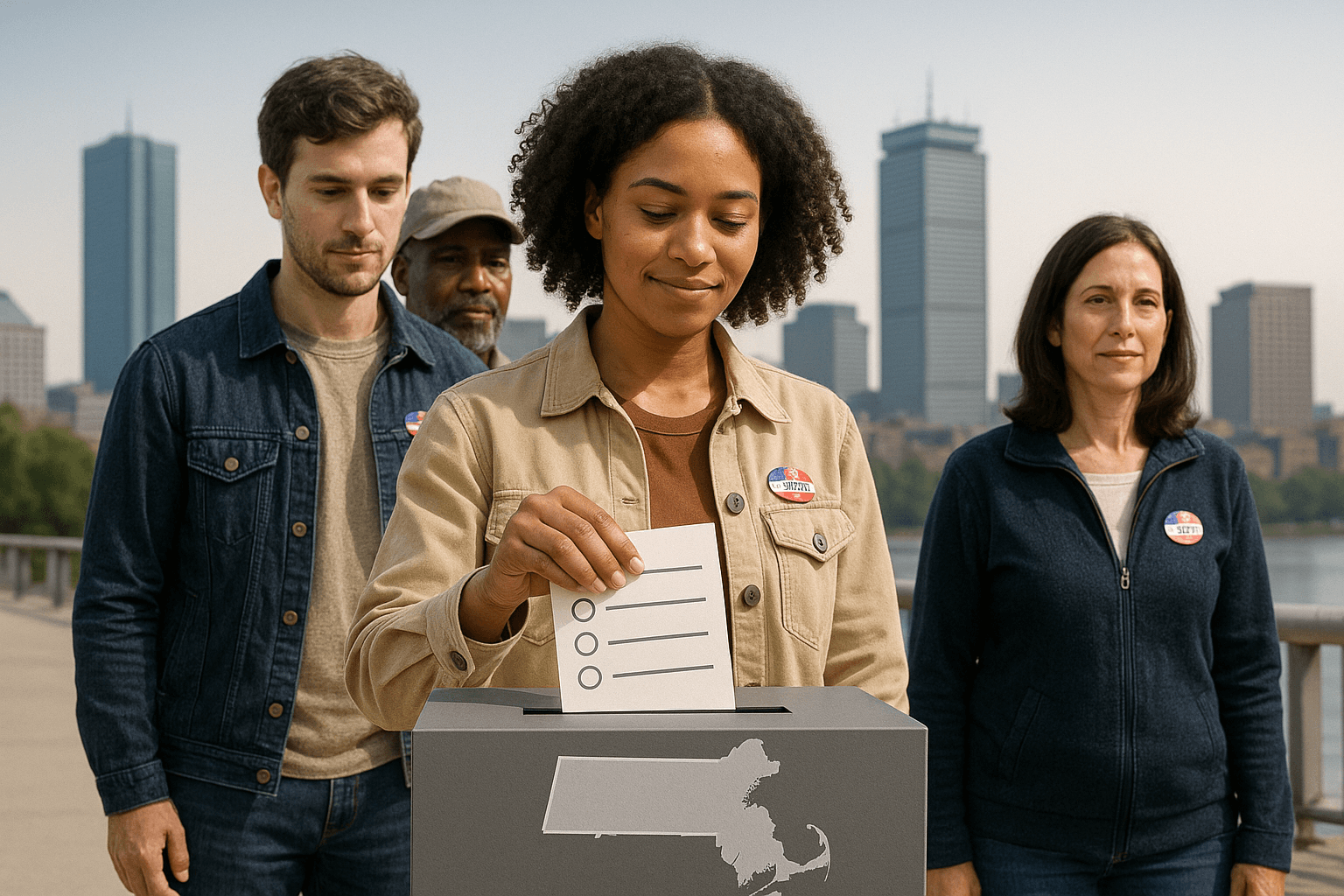Ralph Nader Finds Common Ground to Unite Conservatives, Liberals

It is no surprise that the indefatigable Ralph Nader -- lawyer, author, consumer advocate, and five-time presidential candidate -- possesses a vision for how to energize and mobilize an electorate that feels increasingly dissatisfied and disempowered.
His latest effort, Unstoppable, is essential reading for those who still believe in the self-correctability of our inherited constitutional system. It is for those who resist the easy escape of cynicism, resignation, and withdrawal on the one hand, and the temptation of quixotic, revolutionary alternatives on the other.
Nader begins by acknowledging two simple truths. First, he recognizes that most Americans want the same things.
“After all, most people want safe food and drugs. They want to breathe clean air and drink clean water,” he writes. “They want their work to be rewarded with adequate returns for the necessities of life.”But, second, he also appreciates the substantive ideological differences that unavoidably lead people to form their own identities, cliques, and parties.
Liberals have their own set of priorities, such as social justice, reducing income inequality, and environmentalism, as well as a preferred means to achieve these ends -- namely, through government fiat.
Conservatives have their own set of priorities: job creation, debt reduction, and maximizing individual freedom, which they aspire to achieve through reducing the scope and power of coercive government.
Both camps also attribute the frustration of their goals to their respective boogeymen. Liberals decry the influence of self-interested corporations that thwart the otherwise beneficent role of enlightened government. Conservatives, on the other hand, see big government itself as the problem.
How then, one might ask, can the two sides ever reach any meaningful or lasting consensus?
To facilitate this left-ring convergence, Nader unites the public against a single, common foe – one he nominates "the corporate state."
“A major area of potential alliances comes from the deep aversion many people have to the […] corporate control over their lives, particularly the ever-tightening influence of Big Business on the mainstream media, elections, and our local, state, and federal governments.”
So while he does not imagine that the various cliques will ever view the world the same way or expect that their differences will dissolve and melt into some tepid post-partisan pragmatism, he does believe that there is enough overlap to allow liberals and conservatives (which he abbreviates as “LibCons” and even “LCs” in his book) to form spontaneous, ad hoc coalitions against the encroachments of corporate statism.
As an early example, he cites Congress’ authorization of a plan in 1970 to construct the Clinch River Breeder Reactor in Tennessee. Initially, mostly environmental advocacy groups voiced their opposition, such as Friends of the Earth and the Natural Resources Defense Council.
Then, Arkansas Democratic Senator Dale Bumpers recruited conservatives to his cause who were concerned with the way the project's expected cost to taxpayers ballooned from an initial estimate of $400 million to revised figures approaching $9 billion.
With the assistance of conservative groups like the Council for a Competitive Economy and the National Taxpayers Union, the LC coalition mustered considerable congressional support, and in 1983, the Senate voted to halt any further public funding for the project.
Through his book, Nader substantiates the desirability and possibility of this convergence with numerous examples. He also cites the LC coalition in 1986 that led -- contra the efforts of corporate lobbyists -- to the amendment of the False Claims Act that protects whistle-blowers who speak out against egregious government contracts.
He also points to the McCain-Feingold campaign finance reform in 2002 as a marquee example of a left-right convergence.
Nader outlines 25 areas where LibCons can converge to recover some of their lost or latent power from corporate influence.
Proposal 2, which establishes procedures to rigorously analyze claims of corporations looking for government handouts, and Proposal 3, which promotes efficiency in government contracting and spending, hardly appear controversial. Proposal 6, which breaks up the “too big to fail” banks, and proposal 12, which protects civil liberties, also seem like areas ripe for left-right consensus.Some ideas come off as too tinged with partisanship to seem feasible, such as adjusting the minimum wage to inflation or ending corporate personhood, while others seem purposefully vague (Proposal 24 – “reform health care,” or Proposal 5 – reform the tax code).
Most of the proposals, however, likely have broad appeal.
To accomplish these reforms, Nader suggests that the best chances for convergence lie at the “output” end of our democracy -- in local, state, and federal legislatures and in the hollows of our executive and regulatory agencies, rather than at the “input” side, such as at the ballot box.
Nader likewise encourages LCs to “aim high” so that even if both parties do not reach consensus on substance, they may at least agree on procedural matters. For instance, both parties recognize the basic value of transparency in government, so they converged to pass the Freedom of Information Act (FOIA) despite the probability that liberals and conservatives would use the FOIA procedure toward different ends.
Still, Nader believes that citizens can contribute to this convergence. For instance, they can act through interest groups and clasp hands with interest groups on the “other side” toward common ends, just as opponents of crony capitalism joined those afraid of creating a “plutonium economy” in resisting the Clinch River Breeder Reactor.
Such bottom-up activism, he implies, is a powerful antidote to the top-down control of corporate statism.
He also encourages convergers to take their message to the media and to anyone who will listen.
“It may be worth the effort if we just commence a public discussion and debate, he writes. “After all, everything begins with a conversation.”
No photo credit attributed





